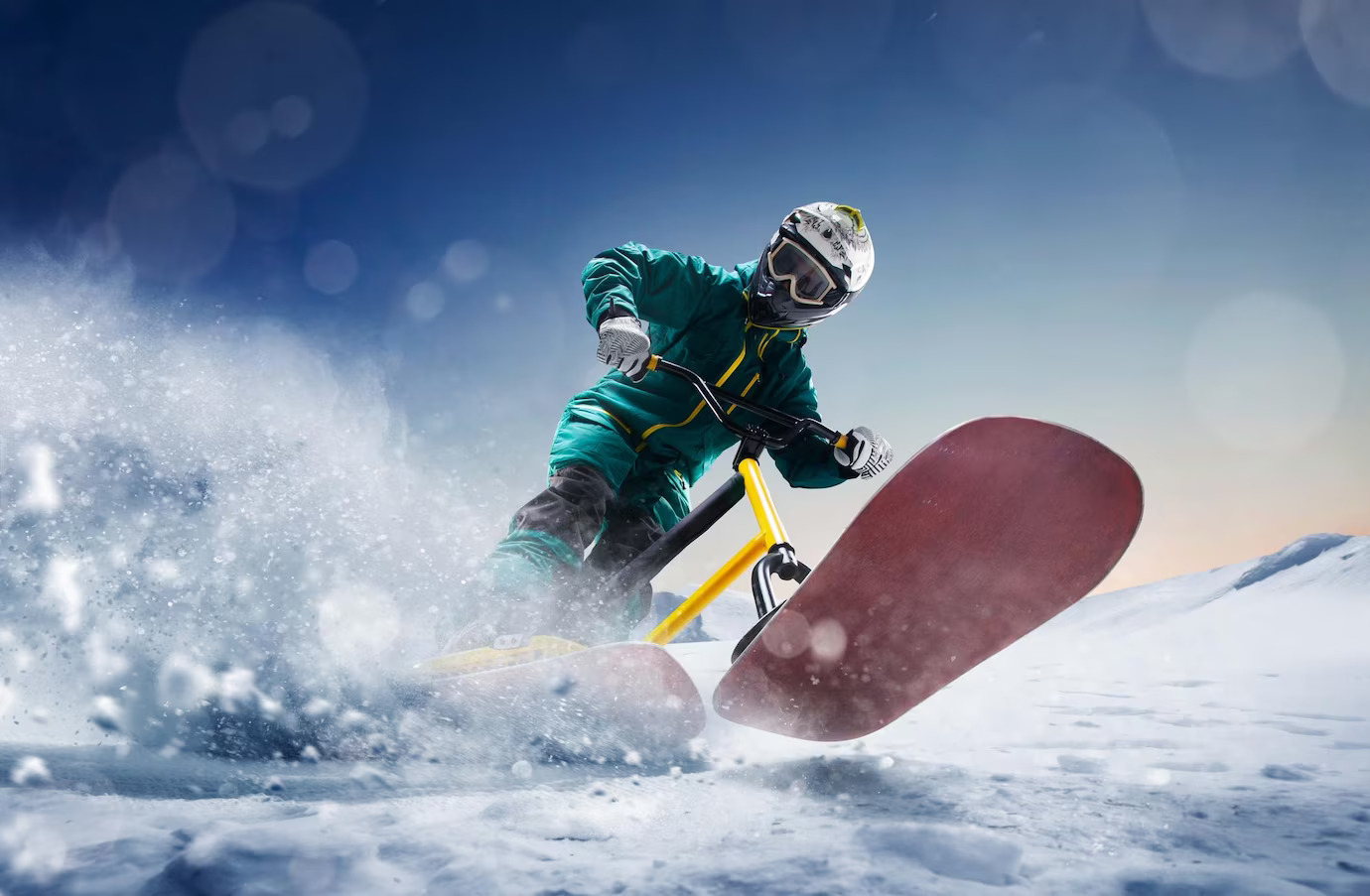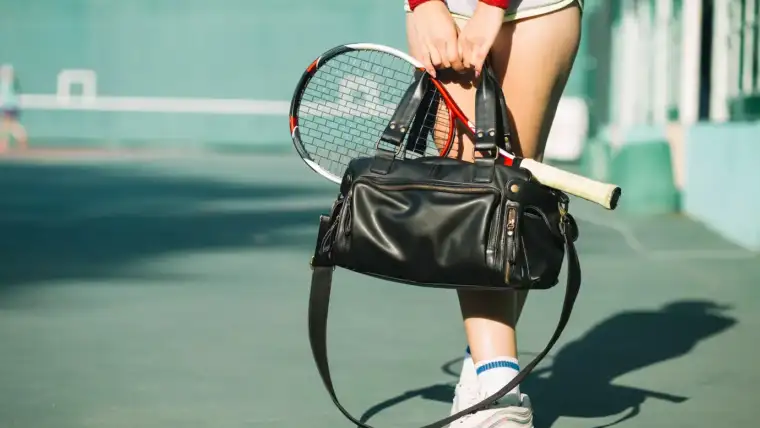In today’s fast-paced world, finding one fun activity is crucial for mental sanity. While there are many options, you must narrow it down according to your accessibility. If you live near a cold country, you can go for snowboarding.
It is a fun and engaging experience to slide down the mountains and feel the breeze. Snowboarding soared in popularity with emerging times, and now it is not limited to the conventional types.
This article will discuss the basics and different types of snowboarding. Continue reading to learn more about different types of snowboarding:
Types Of Snowboarding
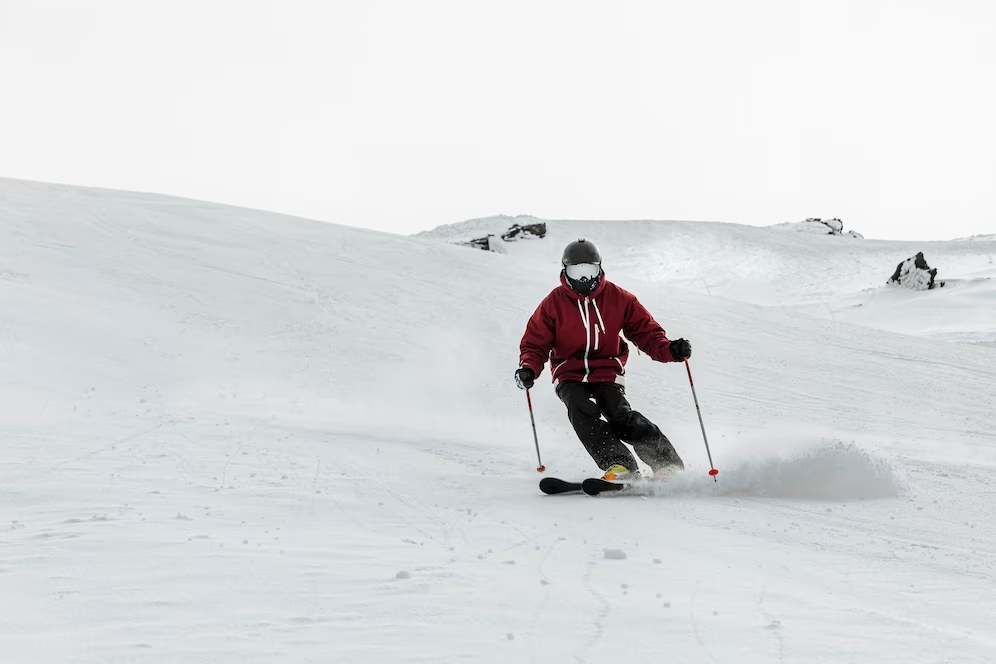
- Free Riding
As the name suggests, freeriding is all about going your own way. In this type of snowboarding, you don’t follow any specific guide. It can be done in a park, countryside, rough terrain, or snow. You perform different tricks as you slide and navigate your path.
It is perfect for people who are into adventure and enjoy challenging experiences. You leverage a snowboard and ride it while exploring and having the best time of your life.
- Free Style
Freestyle snowboarding is the sport’s most popular and thrilling type, known for its tricks and aerial maneuvers. It involves jumps, rail slides, halfpipes, and switch riding.
This style is more suited for professionals due to its aerial techniques. Freestyle snowboarders use softer boots to reduce weight for easier aerial maneuvers, and their snowboards are shorter, lighter, and softer, with identical shapes at the tail and tip.
- Free Carve
Also known as Alpine Snowboarding, Freecarve is focused on speed and achieving the perfect carving turn on hard-pack and groomed runs.
This style demands strength and concentration but does not involve jumping. It is a competitive sport featured in the Olympics, where riders maneuver around gates and poles.
Freecarve snowboards are typically longer, narrower, and stiffer to ensure stability and strong edge-holding capabilities during high-speed descents. Riders use plate-binding hard snowboard boots, similar to ski boots with less ankle stiffness, for precise control and performance.
- Split Boarding
Splitboarding offers a unique experience, allowing riders to ski and snowboard with the same equipment. The split board has the shape and construction of a normal snowboard but can split into two skis.
Switching between the ‘ride mode’ and ‘ski mode’ interface allows riders to climb slopes like skiers and ride downhill like snowboarders. The split board provides flotation, gliding ability, and ease of use with a backpack, thanks to climbing skins on its underside for traction.
With various snowboarding styles and equipment available, riders can choose the one that best suits their preferences and interests.
The Best Snowboarding Styles
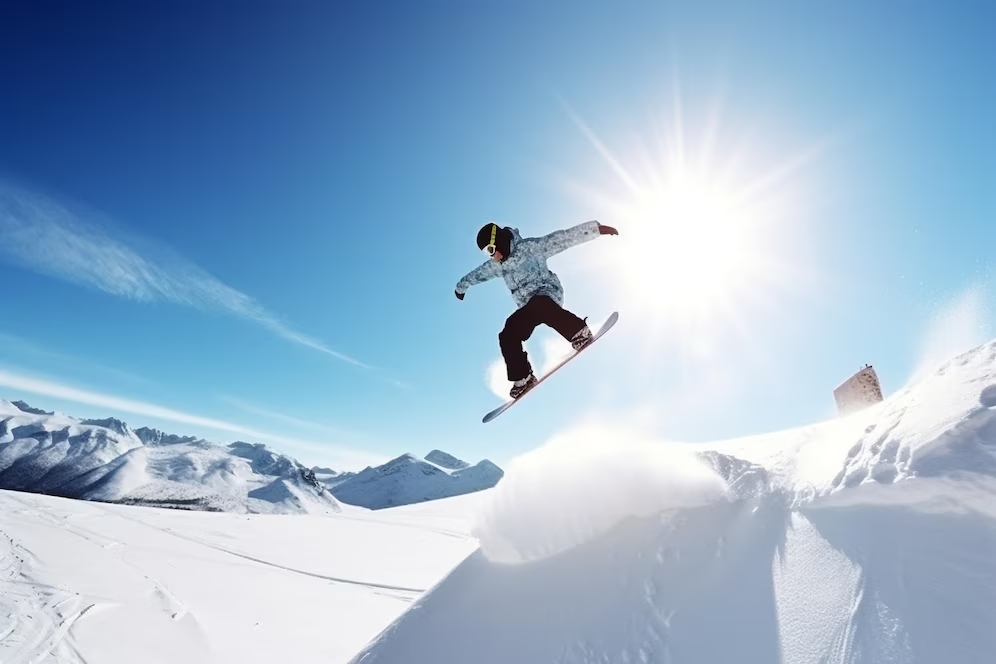
Jibbing
Jibbing is a technical style of snowboarding that involves performing tricks on non-standard surfaces such as metal rails, boxes, benches, walls, and more.
The term “jib” can be a noun, referring to the objects themselves, and a verb, meaning to jump, slide, and ride on top of these features. It’s a form of freestyle snowboarding that occurs not only on snow but also in urban settings.
One major event in jibbing is the Rail Jam, where riders showcase tricks on rails, boxes, pipes, wall rides, and other creative features. The scoring is done in a jam format, allowing riders to take as many runs as possible within the given time frame.
This dynamic and creative style attracts snowboarders to push their boundaries and perform impressive tricks on various obstacles.
Slopestyle
Slopestyle is a style of snowboarding that focuses on performing tricks while descending a course filled with various obstacles such as boxes, rails, jumps, and jibs. In slopestyle competitions, riders can choose their line in a terrain park.
They must select the most challenging line to win and execute a smooth routine of tricks on the obstacles. This style requires technical skill, creativity, and the ability to link tricks together to impress judges and secure victory seamlessly.
Big Air
The Big Air style in snowboarding involves riders launching off an artificial jump specially built for this purpose. In mid-air, they perform tricks, aiming for impressive height and distance, and then execute a smooth landing.
Judges evaluate the riders based on the height and distance achieved during the launch and the difficulty of the tricks performed in the air. It’s a high-flying and daring style that showcases the riders’ technical prowess and ability to perform challenging maneuvers precisely.
Half Pipe
The style you are referring to is called “Halfpipe” snowboarding. Halfpipe is performed in a semi-circular ditch dug into the mountainside or a purpose-built ramp made of snow with walls.
Riders ride from one side of the pipe to the other, performing tricks and maneuvers on the vertical walls of the pipe as well as in the air on the sides.
Halfpipe snowboarding requires technical skills, creativity, and aerial prowess to execute impressive tricks and maneuvers while riding the walls of the pipe. Its visually stunning and thrilling style captivates riders and spectators alike.
Boarder Cross
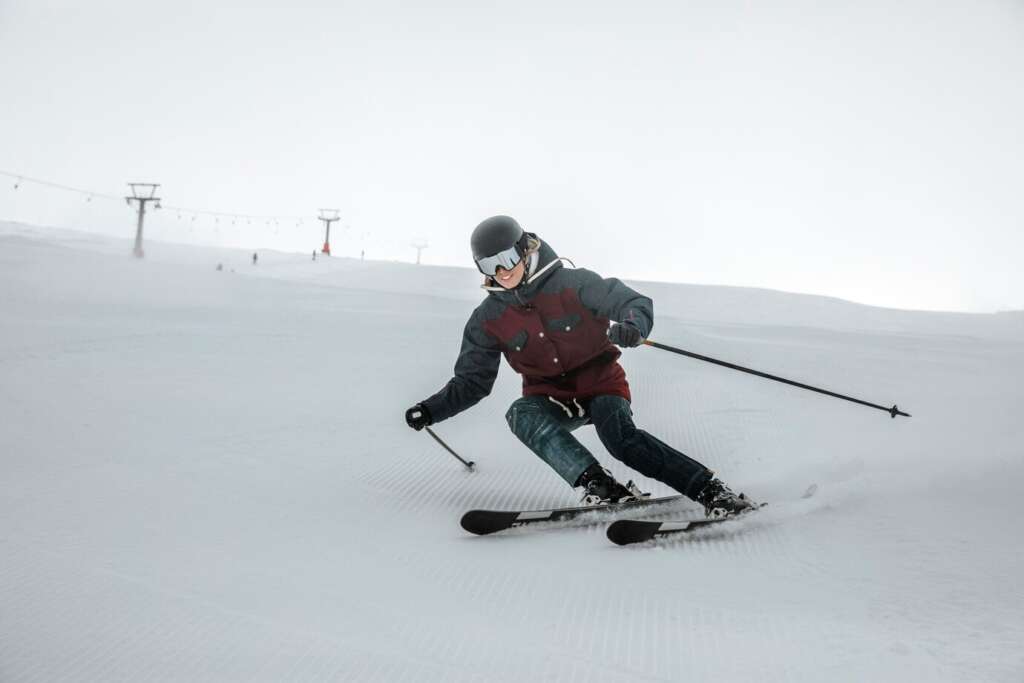
Also known as ‘Boarder X’ and ‘Snowboard X,’ Boardercross is a relatively new addition to the snowboarding industry. It became an official Winter Olympic sport in 2006. In Boardercross, several riders race down a course that resembles a motorcycle motocross track.
The course is filled with various obstacles, and the riders use the same terrain, leading to occasional accidental collisions. It’s an exhilarating, action-packed style involving fast-paced racing and strategic maneuvering to navigate the obstacles and reach the finish line first.
Snowboard Racing
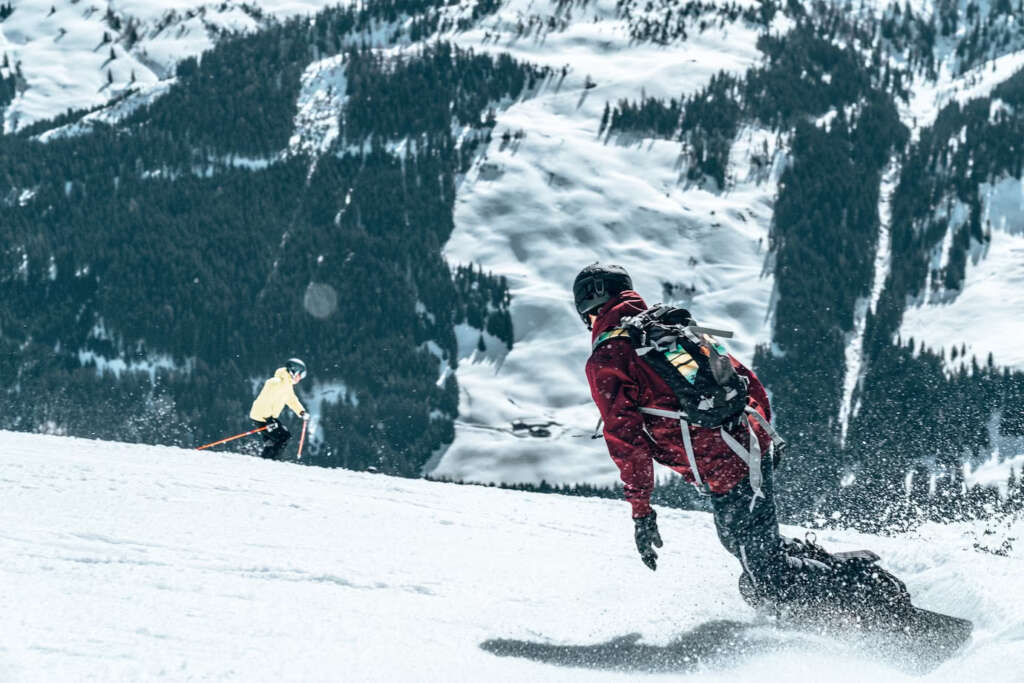
Snowboard Racing involves completing a downhill course with a series of turning indicators in the form of gates. These gates consist of tall and short poles connected by triangular panels placed at prescribed distances in the snow. Riders must pass around the short side of the gate.
There are two types of snowboard racing at the Olympics: Parallel Slalom and Parallel Giant Slalom. In Parallel Slalom, riders race through sets of gates, requiring tight and quick technical turns while competing against an opponent in the other course.
Parallel Giant Slalom is similar but has a longer course with gates set further apart, demanding higher speeds. Both events challenge riders’ skills, speed, and precision as they navigate through the gates to achieve the fastest time and claim victory.
Conclusion
Snowboarding offers many exhilarating styles, each catering to different preferences and skill levels. Whether it’s the creative tricks of freestyle, the high-flying excitement of big air, the technical challenges of jibbing, or the thrilling speed of boardercross and snowboard racing, there’s something for every snowboarding enthusiast.
Get ready for the adventure, explore the slopes, and experience the joy of sliding down the mountains, no matter which snowboarding style you choose. Happy shredding!


